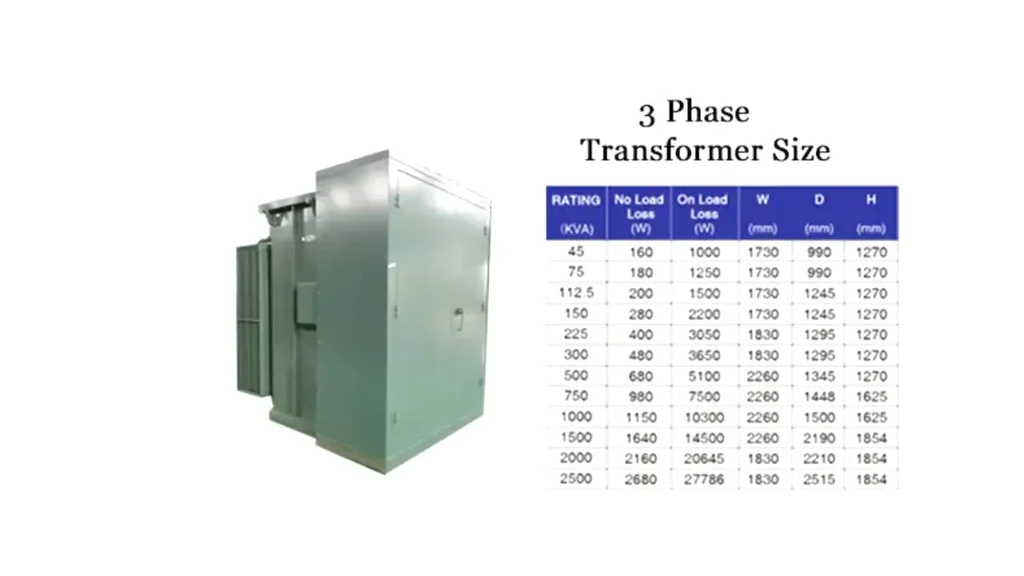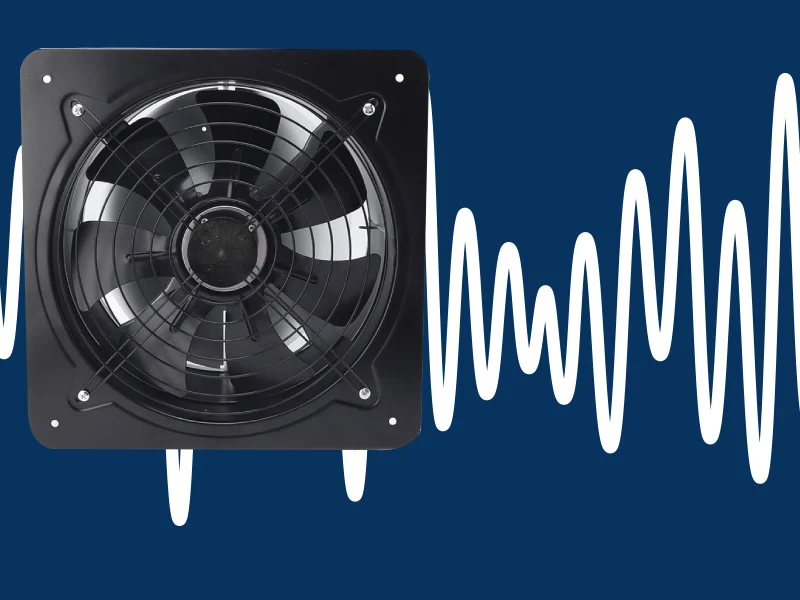Understanding three-phase transformer ratings is crucial for efficient and safe electrical system design. These specifications are the bedrock of selecting the right unit for any industrial or commercial application, ensuring reliability.
This post delves into decoding the core ratings: kVA, representing apparent power capacity; voltage ratings, defining input/output levels; and impedance, affecting fault current and regulation. Let’s break down these essential values.
What are Three Phase Transformer Ratings

Three-phase transformer ratings are the electrical specifications provided by the manufacturer that define the unit’s operational capabilities and limitations. The primary ratings include kVA (kilovolt-amperes), which indicates the apparent power capacity the transformer can handle; primary and secondary voltage ratings, specifying the input and output voltages it is designed to step up or down; and impedance, typically expressed as a percentage, which influences voltage regulation and fault current.
Other important ratings include frequency, insulation class, and temperature rise, all of which are crucial for selecting the appropriate transformer for a specific application and ensuring safe and reliable performance within an electrical system.
What Do Three Phase Transformer Ratings Have?
Three-phase transformer ratings encompass critical technical specifications detailing the unit’s performance limits and design characteristics. These ratings are essential for proper selection, installation, and safe operation within an electrical distribution system, ensuring compatibility with connected loads and the power source.
kVA Rating
The kVA (kilovolt-ampere) rating is the most fundamental measure of a transformer’s apparent power capacity. It indicates the maximum load the transformer can continuously supply without exceeding its design temperature limits. This rating is the product of the transformer’s voltage and current capacity and is independent of the load’s power factor, representing the total power handled.
Voltage Ratings
Three-phase transformers have both a primary (input) and a secondary (output) voltage rating. These specify the voltage levels the transformer is designed to operate at on each winding, defining the voltage transformation ratio. Matching these ratings to the source voltage and the load requirements is crucial for proper voltage step-up or step-down and preventing damage.
Impedance
Transformer impedance, typically expressed as a percentage, is a measure of the transformer’s internal opposition to current flow. It affects the voltage regulation under load (how much the output voltage drops with increasing load) and determines the magnitude of fault current the transformer will allow to flow during a short circuit event, critical for protection coordination.
Frequency
The frequency rating specifies the electrical frequency (e.g., 50 Hz or 60 Hz) for which the transformer’s core and windings are designed. Operating a transformer at a frequency significantly different from its rating can impact its performance, efficiency, and potentially lead to harmful saturation and overheating due to changes in magnetic flux.
Insulation Class
The insulation class rating indicates the maximum temperature that the transformer’s insulating materials can withstand continuously over their lifespan without significant degradation. Different classes correspond to different maximum allowable temperatures and determine the transformer’s ability to tolerate heat generated by losses during operation, impacting longevity.
Temperature Rise
The temperature rise rating specifies the maximum permissible temperature increase of the transformer’s windings above the ambient temperature when operating at full load. This rating is directly related to the insulation class and is a key indicator of how much heat the transformer can dissipate, influencing its ability to handle continuous or cyclic loading.
Here is a chart displaying the key three-phase transformer ratings above:
| Rating | Description | Typical Units/Values |
| kVA Rating | Apparent power capacity the transformer can continuously supply. | kVA (Kilovolt-Amperes) – e.g., 75 kVA, 150 kVA, 500 kVA |
| Voltage Ratings | Primary (input) and Secondary (output) voltage levels the transformer operates at. | Volts (V) – e.g., 480V Delta Primary, 208Y/120V Secondary |
| Impedance | Internal opposition to current flow; affects voltage regulation and fault current. | Percentage (%) – e.g., 2% to 6% is common |
| Frequency | The electrical frequency the transformer is designed for. | Hertz (Hz) – e.g., 60 Hz (North America), 50 Hz (Most of World) |
| Insulation Class | Maximum temperature the insulating materials can withstand continuously. | Temperature Codes (°C) – e.g., 150°C, 185°C, 220°C |
| Temperature Rise | Maximum permissible temperature increase above ambient under full load. | Degrees Celsius (°C) – e.g., 115°C, 150°C, 80°C |
Transformer Sizes and Ratings
Transformer sizes and ratings are crucial for ensuring efficient and safe operation within electrical systems. They dictate the transformer’s capacity to handle power and its suitability for specific applications. Understanding these specifications is essential for proper selection and utilization.
Transformer Size
Transformer size generally refers to its physical dimensions and weight. Larger transformers typically have higher power handling capabilities due to the increased amount of core material and winding conductors. However, size can also be a limiting factor in installations with space constraints. The physical size is often related to the transformer’s kVA rating and its cooling method.
Transformer Ratings
Transformer ratings encompass various parameters that define its operational limits and performance characteristics. The kVA (kilovolt-ampere) rating indicates the apparent power the transformer can deliver without exceeding its temperature limits. Voltage ratings specify the primary and secondary voltages for which the transformer is designed.
Frequency rating indicates the operating frequency of the AC power system. Insulation class defines the maximum operating temperature of the transformer windings, influencing its lifespan. Understanding these ratings ensures the transformer is applied within its design limits, preventing damage and ensuring reliable power distribution.
How Many Amps Can a 225 Kva Transformer Handle?
To calculate the number of amps a 225 kVA transformer can handle, you can use the following formula:
Where:
- KVA is the transformer rating (225 kVA in this case).
- Volts is the voltage of the system (for example, 480V or 600V).
- 3\sqrt{3} (approximately 1.732) is used for three-phase systems.
For a 480V system:
For a 600V system:
So, a 225 kVA transformer can handle approximately:
- 270.5 amps at 480V.
- 216.7 amps at 600V.
If you have a different voltage, just plug it into the formula!
Conclusion
Understanding kVA, voltage, and impedance is vital for selecting the correct three phase transformer. These ratings determine capacity, compatibility, and performance for your electrical system needs.
Accurately decoding these specifications ensures safe and efficient operation, preventing overload or damage. Choosing the right ratings guarantees reliable power delivery for your application.
For your projects, trust our expertise. Get wholesale three phase transformers from us.




